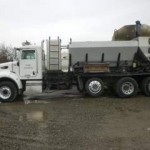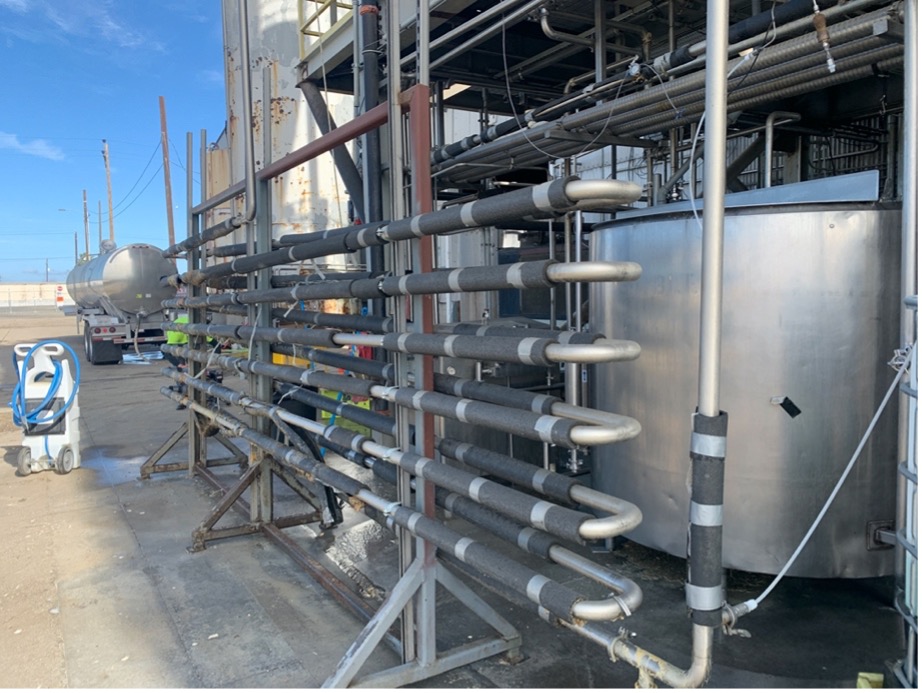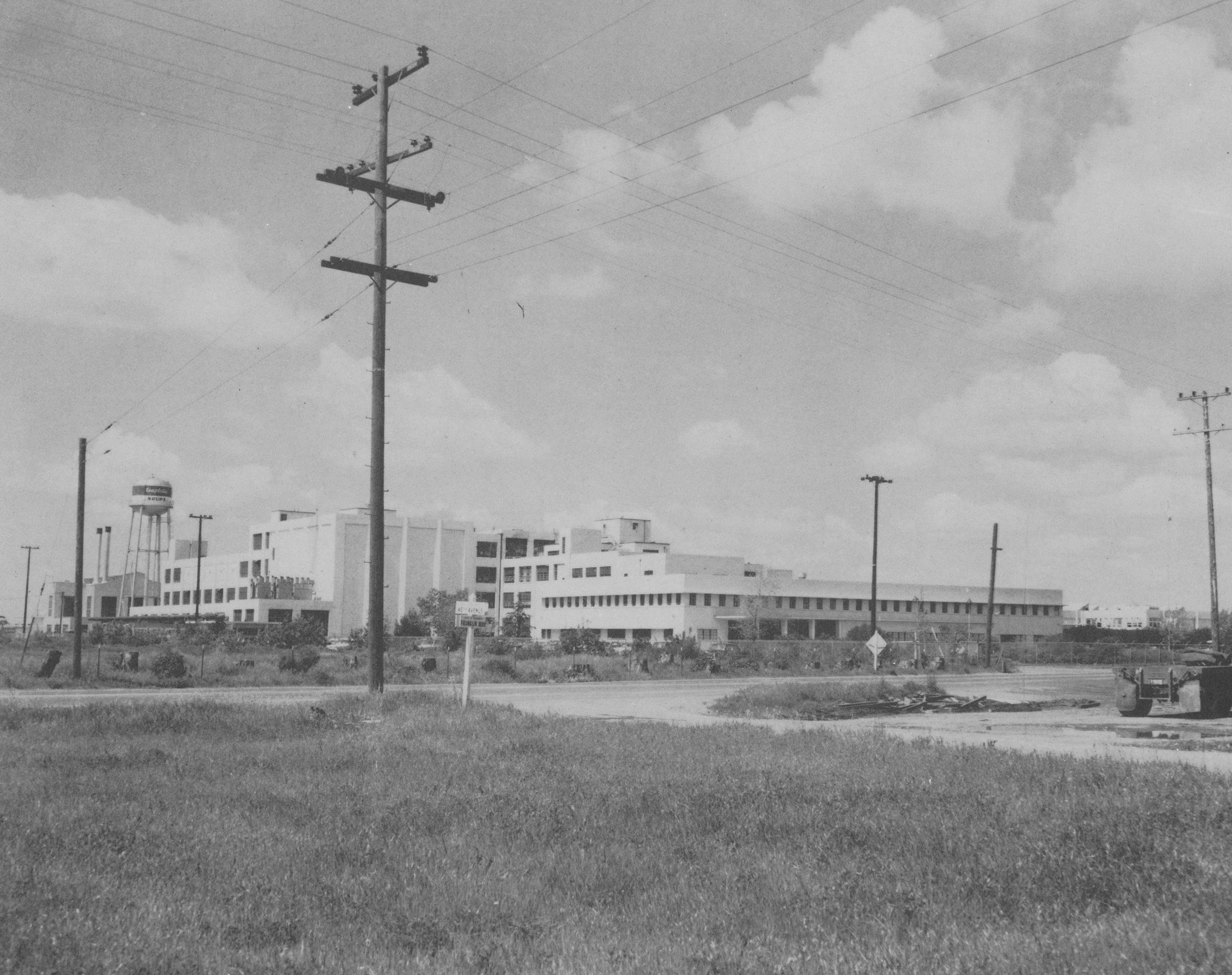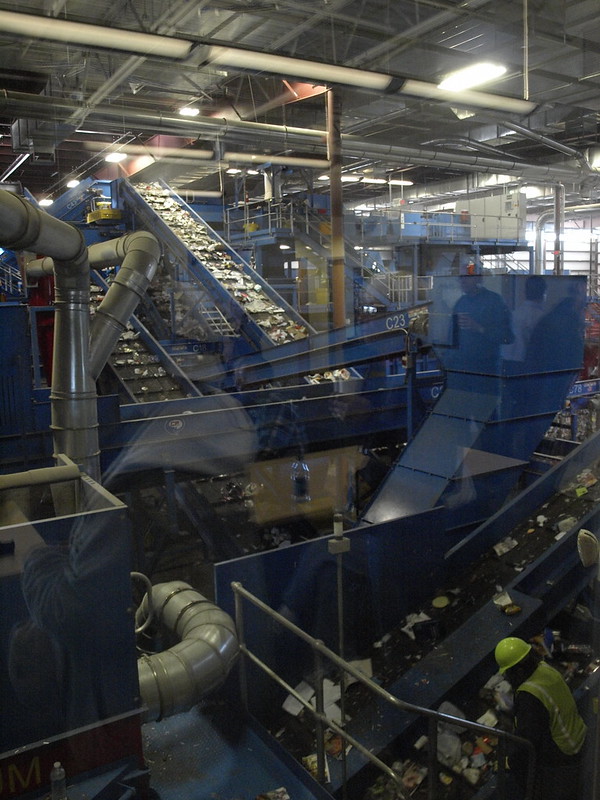Recently I finished up a report for a heavy equipment appraisal that included a handful of cement trucks, also known as volumentric mixing equipment.
The development of the modern volumetric mixer in the early 1960s not only inspired the unheard of mid-year introduction of a new Tonka toy model, but–more importantly–changed the way concrete was delivered:
“Harold Zimmerman took the concept of proportioning by volume, and designed a machine that could carry the ingredients needed to make concrete and produce it on-site, rather than delivering concrete that had been made elsewhere.” Volumetric Mixer Manufacturers Bureau
The ability to produce only the amount of concrete needed for each customer, with the corresponding pro-rated charge, turned out to provide a competitive advantage over the traditional method of delivering premixed concrete and charging the client for the total amount delivered regardless of the amount actually used.
This type of equipment is unique in that it is basically a whole cement factory on the back of a truck! The cost of the equipment is very low compared to a large cement operation with a fleet of cement mixers.
These units can process a lot of material over their life and if maintained well can last a long time. Values range greatly depending upon condition, so an appraiser should be sure to notice if the mixing units have or have not been properly cleaned and what shape the rubber parts are in: large volumes of rock, sand and cement cause wear and tear when maintenance is neglected.
Here’s something I found especially interesting about this type of equipment: sometimes a unit with a relatively low ODO reading may have a huge number of hours on it. This seeming contradiction actually makes sense when we remember that the unit may be driven out to a construction job site and then just left in place to run all day, making cement without accumulating miles on the odometer.
Once the concrete is mixed, it needs to be moved, which lead us to the other critical piece of machinery in this trade–the concrete pump. As you might imagine, these units also experience a lot of abrasion. One should carefully inspect the rams and the cylinders for scarring and biting. Wear and tear often happens when a mix is too rocky, or thick, for the pump hose size, so this is something to be aware of.
As with all machinery and equipment appraisals, it’s important to research ahead of time, pay attention during the inspection, and of course, do even more research afterwards! The only way to know is to learn.
Jack Young, APA, CPA
NorCal Valuation




